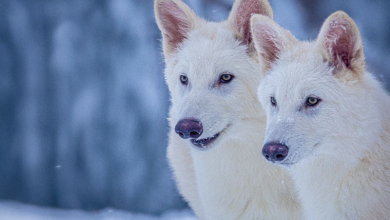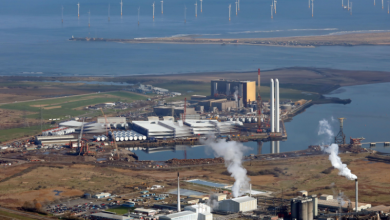Ticking Climate Time Bomb: Sub-permafrost Methane Getting Scientists Concerned

Scientists have uncovered something in the remote Norwegian archipelago of Svalbard that has the potential to exacerbate climate change significantly. Millions of cubic metres of methane, a gas far more potent than CO2, are migrating beneath the permafrost.
The discovery has raised serious concerns over the possible release of the trapped greenhouse gas should the permafrost thaw excessively due to rising temperatures. CO2 is more abundant and longer-lived, but methane is far more effective at trapping heat.
Glacial Retreat And Permafrost Thawing
A recent study led by Dr Thomas Birchall from the University Centre in Svalbard has revealed that while the lowland regions of the Arctic archipelago possess ice-rich permafrost acting as an effective seal, the highlands are less icy and more permeable.
Permafrost is ground that remains frozen for at least two consecutive years. The Western regions of Svalbard have thinner permafrost, while the lowlands boast a thicker layer. However, certain geological features, even within continuous permafrost, could let methane out.
The research relied on historical data from commercial and scientific boreholes. Dr Birchall said the leakage from below permafrost is “very low” at the moment, but added that things could change soon amid glacial retreat and permafrost thawing.
Mitigating Risks From Methane Release
The discovery highlights the urgent need for additional research into sub-permafrost methane. But it also reveals that gas accumulations beneath the icy ground are more common than previously thought. Dr Birchall said they were surprised by the frequency of gas findings.
Read More: Undersea Fiber Optic Cables Going Beyond Conventional Role In Telecommunications
The implications of this research are profound. As climate change expands the active layer of permafrost, the fate of methane the deeper layers contain comes into question. An accelerated methane release could trigger a feedback loop of warming and permafrost thaw.



